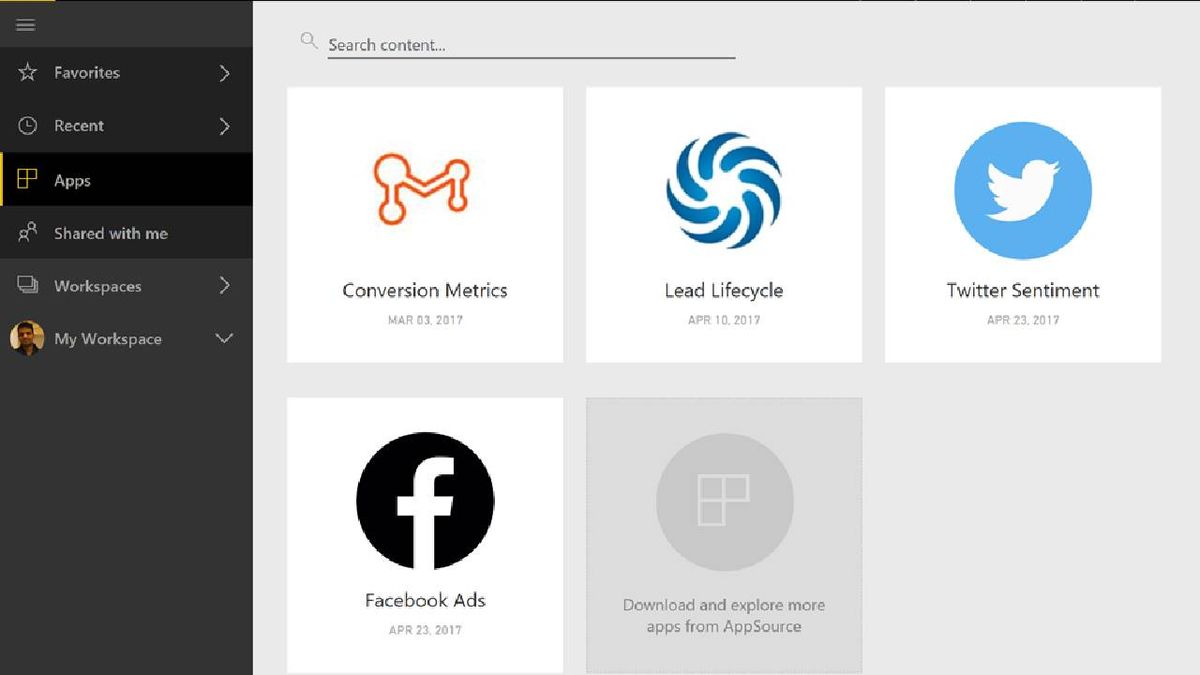Microsoft Power BI Exposes User Data Online - Security Risks Revealed

Introduction to Microsoft Power BI and Data Exposure
Microsoft Power BI is a powerful tool for data analysis and visualization that enables organizations to derive actionable insights from their data. However, recent findings reveal that Power BI may expose user data online, posing significant privacy and security risks. This article explores these risks and offers guidance on safeguarding information more effectively.
The Nature of Data Exposure in Power BI
Data exposure can occur when sensitive information is inadvertently made accessible online. In the case of Microsoft Power BI, the exposure of user data may occur due to misconfigurations or the misuse of sharing features. Understanding the root causes of data exposure is crucial for implementing effective security measures.
Power BI's ability to share datasets across various platforms significantly increases the risk of unintended data exposure. Organizations must be diligent in configuring access controls to prevent unauthorized access to sensitive data.
Risks and Security Implications
Privacy Risks
The exposure of user data through Power BI poses serious privacy risks. Personal information such as names, email addresses, and financial details may become accessible to unauthorized individuals. This breach of privacy can lead to identity theft, financial loss, and reputational damage for both individuals and organizations.
Security Implications
Beyond privacy concerns, data exposure in Power BI can have severe security implications. Cybercriminals can exploit exposed data to execute targeted attacks, such as phishing and ransomware. Moreover, the loss of sensitive corporate data can compromise competitive advantage and result in substantial financial losses.
Safeguarding Information Online
Implementing Access Controls
One of the most effective ways to prevent data exposure in Power BI is to implement robust access controls. Organizations should limit data access to authorized users only and regularly review and update permissions. Utilizing role-based access control (RBAC) can help ensure that users have the minimum necessary access to perform their tasks.
Data Encryption
Encrypting data at rest and in transit is essential for protecting sensitive information in Power BI. Encryption ensures that even if data is intercepted, it remains unreadable without the appropriate decryption key. Organizations should leverage advanced encryption standards to enhance data security.
Monitoring and Auditing
Continuous monitoring and auditing of Power BI activities can help detect and respond to potential security incidents promptly. Implementing monitoring tools that track user activities and data access patterns can identify unusual behavior indicative of a potential breach.
Best Practices for Using Power BI Securely
Regular Security Assessments
Conducting regular security assessments is vital for identifying and mitigating potential vulnerabilities in Power BI. Organizations should perform thorough assessments, including vulnerability scans and penetration testing, to uncover weaknesses that could lead to data exposure.
User Education and Training
Educating users about the importance of data security and best practices for using Power BI is crucial. Training programs should cover topics such as strong password usage, recognizing phishing attempts, and securely sharing data. Informed users are less likely to inadvertently cause data breaches.
Compliance with Regulations
Adhering to data protection regulations such as GDPR, HIPAA, and CCPA is essential for maintaining compliance and protecting user data. Power BI users should familiarize themselves with relevant regulations and ensure that their data handling practices align with legal requirements.
Conclusion
The exposure of user data through Microsoft Power BI presents significant privacy and security risks. By understanding the nature of these risks and implementing robust safeguarding measures, organizations can protect sensitive information and mitigate the potential negative impacts of data breaches. Adhering to best practices and remaining vigilant about data security is essential for securing Power BI environments.
This article was prepared using information from open sources in accordance with the principles of Ethical Policy. The editorial team is not responsible for absolute accuracy, as it relies on data from the sources referenced.
FAQ
What are the key risks associated with user data exposure in Microsoft Power BI?
Key risks include privacy breaches that can lead to identity theft and financial loss, as well as security risks where exposed data can be exploited for targeted cyber attacks.
How can organizations prevent unauthorized access to sensitive data in Power BI?
Organizations can prevent unauthorized access by implementing robust access controls, encrypting data at rest and in transit, and continuously monitoring and auditing user activities and data access patterns.
What role does user education play in safeguarding data in Power BI?
User education is crucial as it helps users understand the importance of data security, recognize potential threats such as phishing attempts, and follow best practices for securely sharing data.
Why is it important to conduct regular security assessments in Power BI?
Regular security assessments help identify and mitigate vulnerabilities, ensuring that potential weaknesses are addressed before they can be exploited to cause data exposure.
What are some best practices for using Power BI securely?
Best practices include implementing access controls, encrypting data, continuous monitoring, conducting security assessments, user education, and ensuring compliance with data protection regulations.